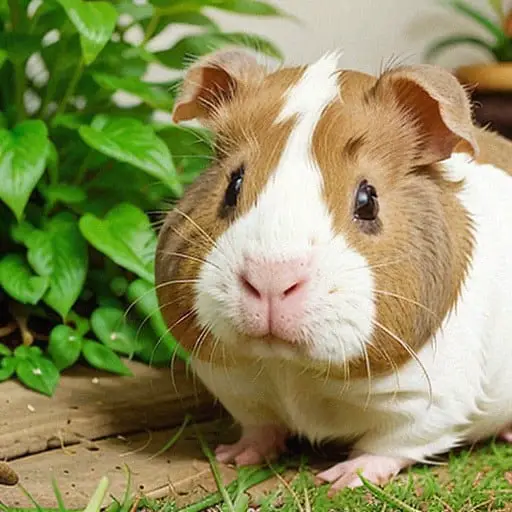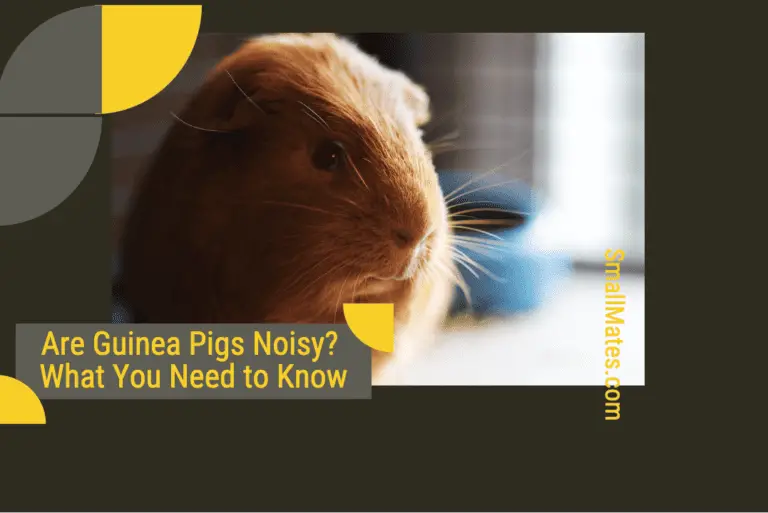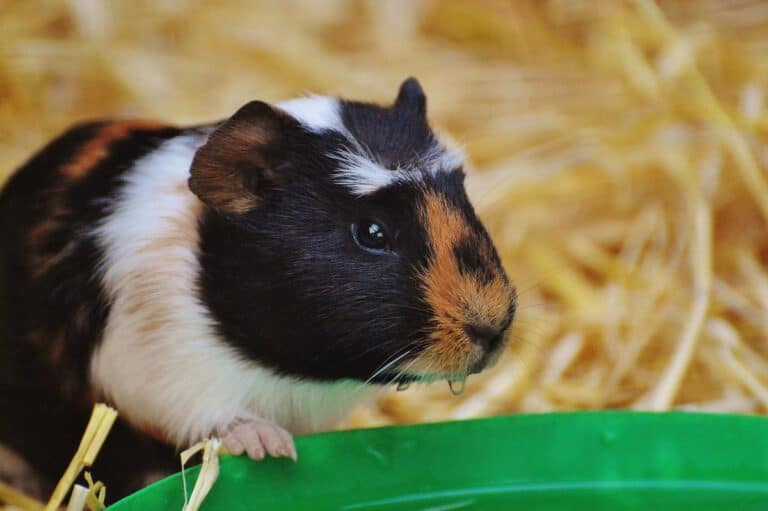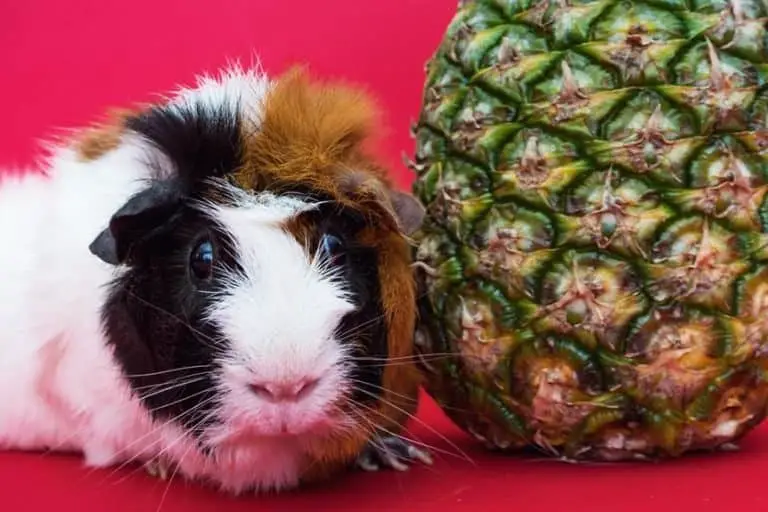What Does It Mean When Guinea Pigs Chatter Their Teeth
Smoothly gliding through the air, teeth chattering is a sound guinea pigs make that can be both mysterious and intriguing. But what does it mean when they chatter their teeth, and how should you respond?
In this article, we’ll break down the ins and outs of guinea pig teeth chattering, from what it is to how to interpret it. Get ready to unlock the secrets of guinea pig teeth chattering!
Key Takeaways
- Teeth chattering in guinea pigs is a common expression of excitement or anxiety.
- Excessive teeth chattering can indicate dental discomfort or stress.
- Observing the guinea pig’s behavior and environment is crucial for accurate interpretation.
- Responding appropriately by removing stressors or providing enrichment can contribute to their well-being.
What Is Teeth Chattering
Teeth chattering is an expression of excitement or anxiety in guinea pigs. It is a widely recognized sign of emotion that can be seen when the animal is happy, scared, or frustrated. Interpreting body language is essential to understanding guinea pigs’ emotions, and teeth chattering is an important part of this.
This behavior is usually accompanied by other signs like vocalizations, facial expressions, and physical movements. Guinea pigs may chatter their teeth when they are excited, such as when they are presented with treats or when they are playing. On the other hand, they may chatter their teeth when they are scared or frustrated.
In these cases, it is important to identify the cause of the emotion and address it. By understanding the body language of guinea pigs, owners can recognize when something is wrong and take the necessary steps to ensure their pet is safe and happy.
What Does Teeth Chattering Mean
Teeth chattering is a sign of excitement in guinea pigs. This is their way of expressing joy and contentment, and is usually accompanied by other happy noises such as purring and squeaking. It is important to be aware of teeth chattering in guinea pigs, as it can have serious health implications if done for prolonged periods of time.
Below are three key points to consider when assessing the significance of teeth chattering in guinea pigs:
- Excessive teeth chattering can be a sign of dental discomfort
- Teeth chattering can also be a sign of anxiety or stress
- Teeth chattering can be a harmless happy noise in a guinea pig that is content and healthy
Overall, teeth chattering is an important indicator of a guinea pig’s level of health and happiness. It is important to be aware of teeth chattering in order to ensure the well-being of your pet. With the right care and attention, a guinea pig can live a happy and healthy life.

How to Interpret Teeth Chattering
Interpreting the significance of teeth chattering in guinea pigs is important for assessing the health and wellbeing of the animal. Generally, it’s believed that this behavior is an indicator of the guinea pig’s emotional state and stress levels.
In some cases, it could be a sign of excitement or a way for the guinea pig to express contentment. Other times, it may suggest the animal is feeling anxious or fearful. It’s also possible that the guinea pig is experiencing pain or discomfort.
To accurately assess the cause of the teeth chattering, owners should observe their pet’s behavior and environment. If the animal is displaying other signs of distress, such as hiding or refusing food, it may be best to contact a veterinarian for further evaluation.
How to Respond to Teeth Chattering
Responding appropriately to teeth chattering in guinea pigs is crucial in ensuring the animal’s optimal health and wellbeing. Teeth chattering in guinea pigs can be either natural behavior, environmental stressors, or habitual behavior. To identify the source, it is important to observe the context and the animal’s body language.
If it is natural behavior, it is typically seen when the animal is communicating with another guinea pig, or when it is feeling content or excited. In this case, no response is necessary. If the teeth chattering is due to environmental stressors, the source should be identified and removed if possible.
Finally, if the teeth chattering is habitual, then environmental enrichment and a change in routine can help to reduce the behavior.

Conclusion
Teeth chattering is a complex form of communication that can be difficult to interpret. However, with an understanding of the behavior and the context in which it occurs, it is possible to gain insight into what the guinea pig is trying to say.
Such knowledge can be a powerful tool for providing the best possible care and creating a healthy and happy relationship with the pet. By understanding the language of their chatter, guinea pigs can be given the opportunity to express themselves in a meaningful way.







